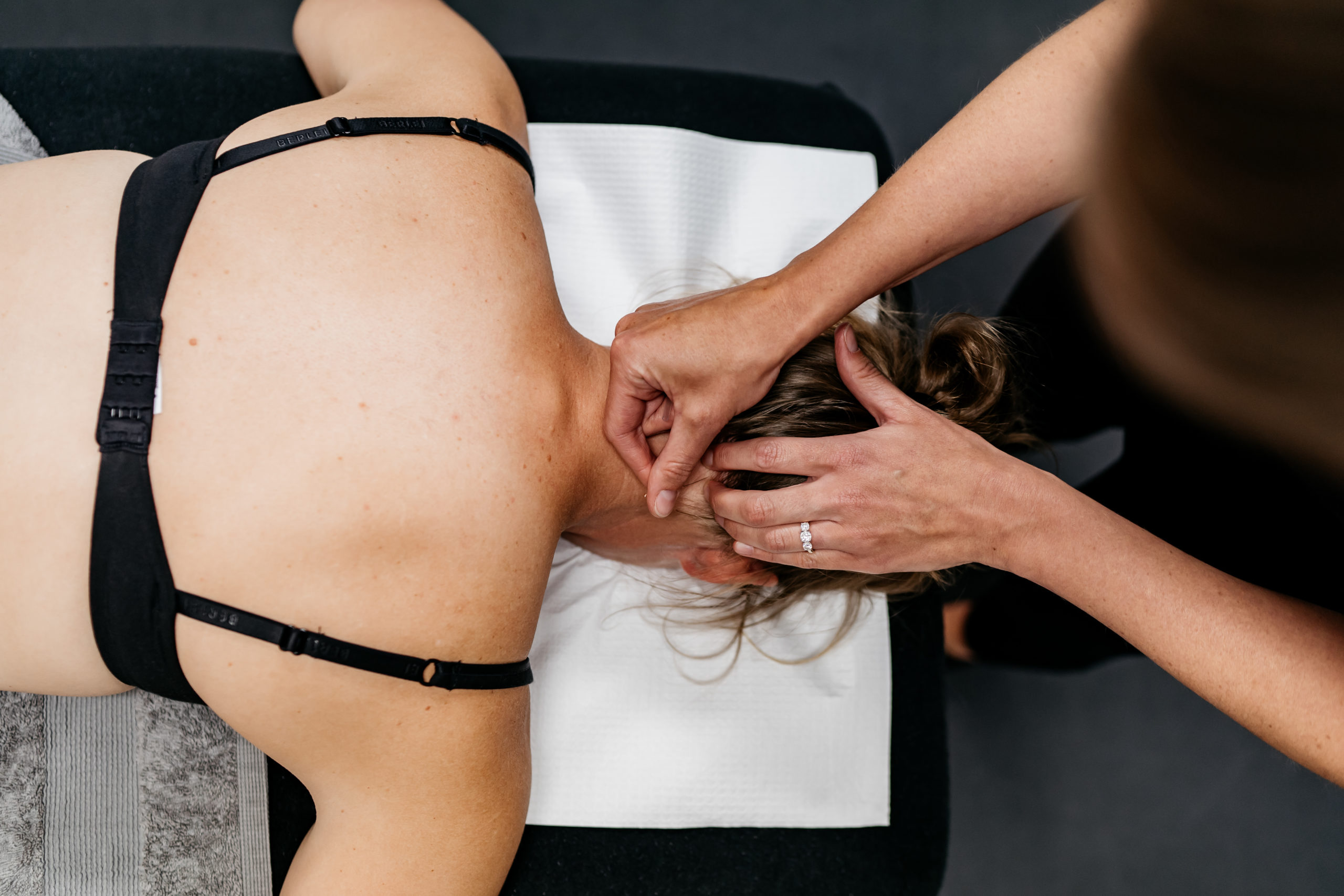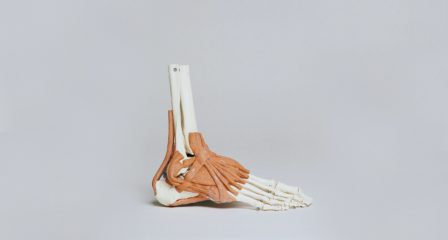At The Injury Clinic, dry needling is a commonly used treatment modality. We often get asked why we use it, how it works and why it works. This blog should hopefully answer those and any other questions you may have about dry needling. Please note, there is a glossary of terms at the bottom of the page.
TRIGGER POINTS
Before we can start to talk about dry needling, we need to talk about trigger points. By definition, a trigger point is:
“A hyperirritable spot within a taut band of skeletal muscle that is painful on compression, stretch, overload or contraction of the tissue which usually responds with a referred pain that is perceived distant from that spot.”
Essentially, that means the tight, bandy parts of muscles that you can often feel. Sometimes you can feel the taut band, it often almost feels like a guitar string through the middle of a muscle. Other times it is what people commonly refer to as a ‘knot’ in the muscle.
We have both active and latent trigger points;
“Active trigger points feature spontaneous local and referred pain away from the trigger point, while latent trigger points do not usually cause spontaneous pain.”
So, an active trigger point is an irritable spot within a muscle that causes pain, whereas a latent trigger point doesn’t commonly cause pain. We know that trigger points are involved in nearly every pain syndrome; so when we are treating someone at The Injury Clinic we will commonly use treatment techniques to reduce the effects of these trigger points. As active trigger points can and will reproduce symptoms a person experiences, this is often something we try to address within the first few appointments.
WHY DOES A TRIGGER POINT CAUSE PAIN?
There are a couple of reasons why trigger points cause pain. Firstly, areas and muscles that have active and latent trigger points have an altered chemical environment. These local biochemical changes mean there is increased availability of pro-inflammatory substances and increased likelihood of sensitising nerve endings. So, when we have trigger points, there are more inflammatory chemicals within that part of the muscle and the nerve endings (which take pain messages to the brain) are more likely to be sensitive and irritated.
By definition, a trigger point has a taut band. Sustained contracture of this taut band causes local ischaemia and hypoxia. This reduction of oxygen to the muscle tissue will reduce the muscles ability to operate at it’s capacity. If we are trying to load an ischaemic, hypoxic muscle, it is likely to be sore and may also contribute to the development of overload of other structures.
We also know that trigger points can cause changes in the way the muscle functions and can cause;
- Altered muscle activation patterns,
- Accelerated muscle fatigability, or
- Increased co-antagonist activation.
So, a trigger point changes the chemical nature of the muscle, sends altered messages along the nerve pathway, and changes the way the muscle itself functions. Any or all of these factors can contribute to the development of pain. It is also often the precipitating factor of many injuries.
TRIGGER POINT DRY NEEDLING
At The Injury Clinic, we use trigger point dry needling as a form of treatment. This is different to acupuncture and some other dry needling techniques. It can be defined as;
“Rapid, short term needling to altered or dysfunctional tissue in order to improve or restore function. This may include needling of myofascial trigger points, periosteum, and connective tissues. It may be performed with an acupuncture needle or any other needle without injecting fluid.”
We use this technique of dry needling because it has been shown to be more effective than other techniques. We look to identify active myofascial trigger points and use a thin filaform needle to stimulate the trigger point. This usually elicits a local twitch response from the muscle. It is the twitch of the muscle that causes the discomfort that is often experienced; but it is also the twitch that makes the dry needling effective in symptom relief.
HOW DOES TRIGGER POINT DRY NEEDLING WORK?
Dry needling of a trigger point causes a local twitch response in the muscle. This twitch causes a cascade of responses both locally (ie. in the muscle being treated) and centrally (ie. at the spinal cord and brain).
Trigger point dry needling can:
- Increase sarcomere length and reduce the overlapping between actin and myosin filaments.
- Modulate the chemical mediators associated with pain and inflammation.
- Reduce sensitisation of tissues by removing the source of nociception.
- Restore normal blood flow to the affected area of the muscle, therefore restoring normal oxygenation of the muscle.
Essentially, when trigger point dry needling is used accurately and effectively, it should be able to restore normal, pain free muscle control.
HOW IS DRY NEEDLING DIFFERENT TO ACUPUNCTURE?
Dry needling is performed with the same solid filament needle that acupuncturists use but with a different technique. Traditional acupuncturists follow traditional acupunctural theories and Oriental health concepts. There are 361 primary acupuncture points with hundreds more secondary points. Acupuncture needles are applied to these points with the goal of achieving a positive outcome. While there may be some points that overlap myofascial trigger points, the philosophy and aim of treatment is quite different.
IN SUMMARY…
There is a lot of science and evidence behind trigger point dry needling, particularly the technique we use at The Injury Clinic. We often suggest dry needling as a treatment technique when we feel this is the most effective way to improve your symptoms. The research shows that for the dry needling to have the greatest effect, the practitioner should elicit a local twitch response from the muscle. The twitch is the part that makes dry needling uncomfortable. If you have any questions, or would like to try dry needling, please call (03) 5229 3911 or click here to book an appointment online.
GLOSSARY
Actin : see sarcomere.
Hypoxia: insufficient oxygen supply to the tissues.
Ischaemia: restricted blood flow to an area.
Myosin: see sarcomere.
Nociception: the processing of noxious (painful) stimulus by the sensory nervous system.
Sarcomere: the part of the muscle that contracts. It is made up of actin and myosin which work together to contract and shorten a muscle.



